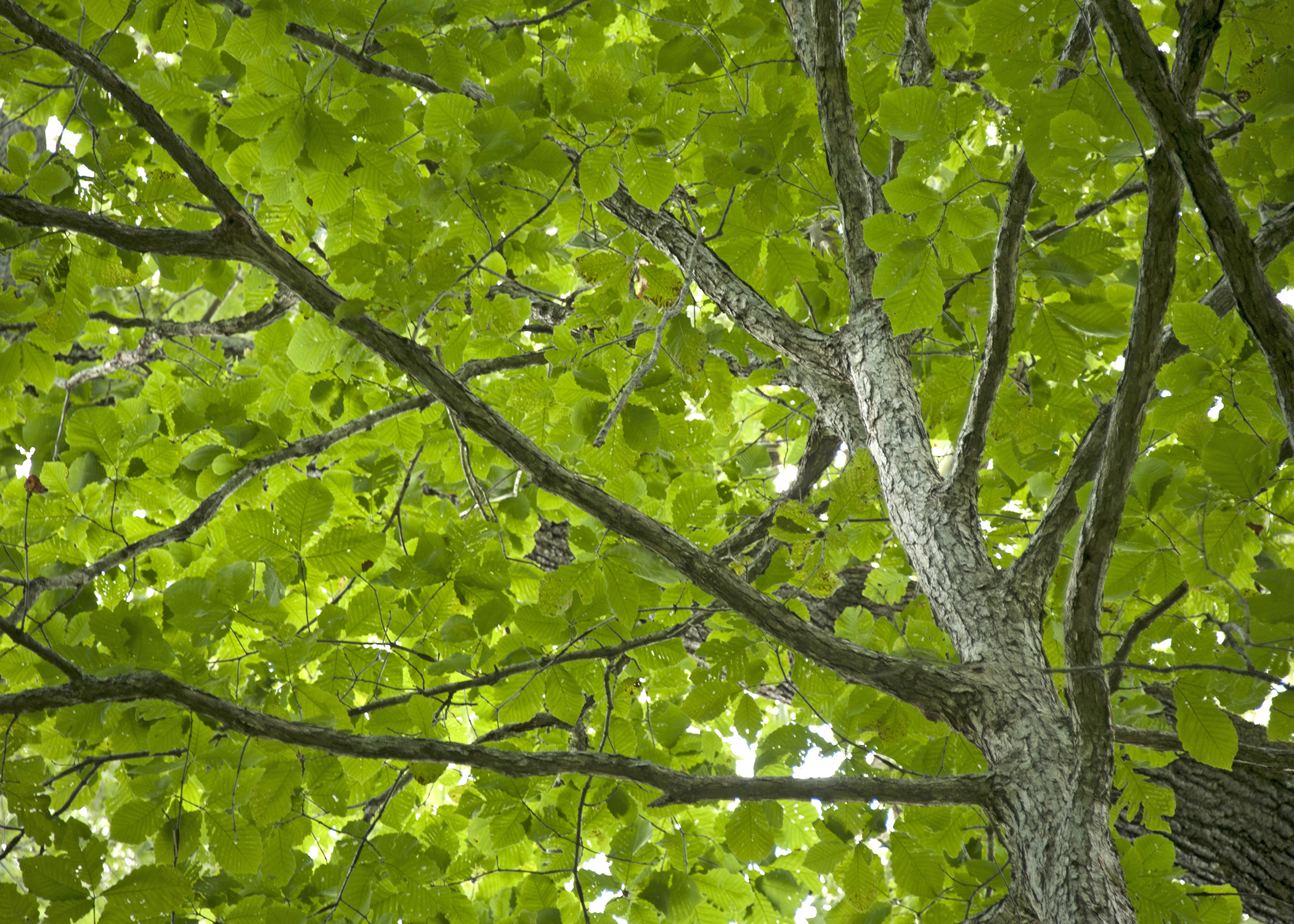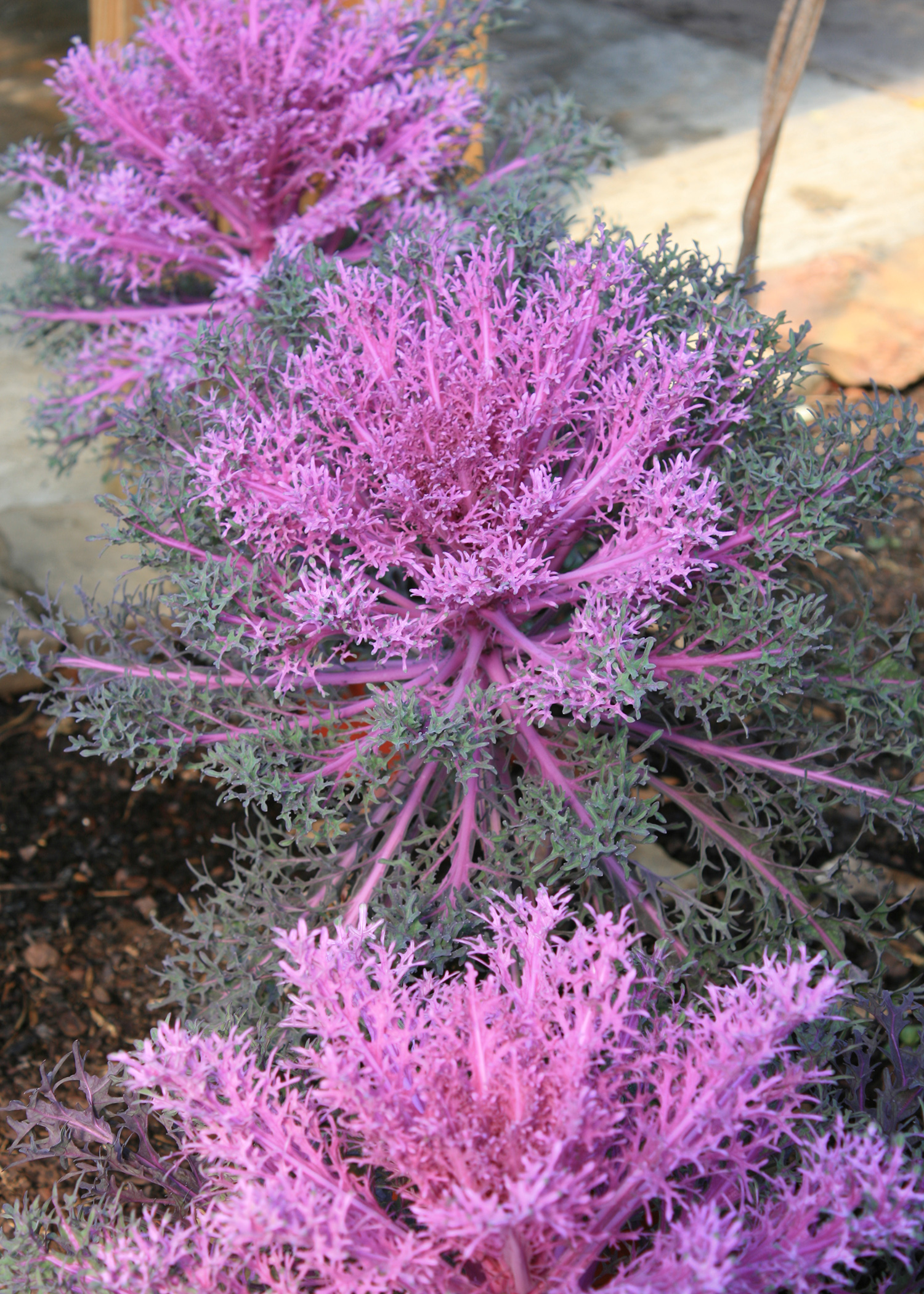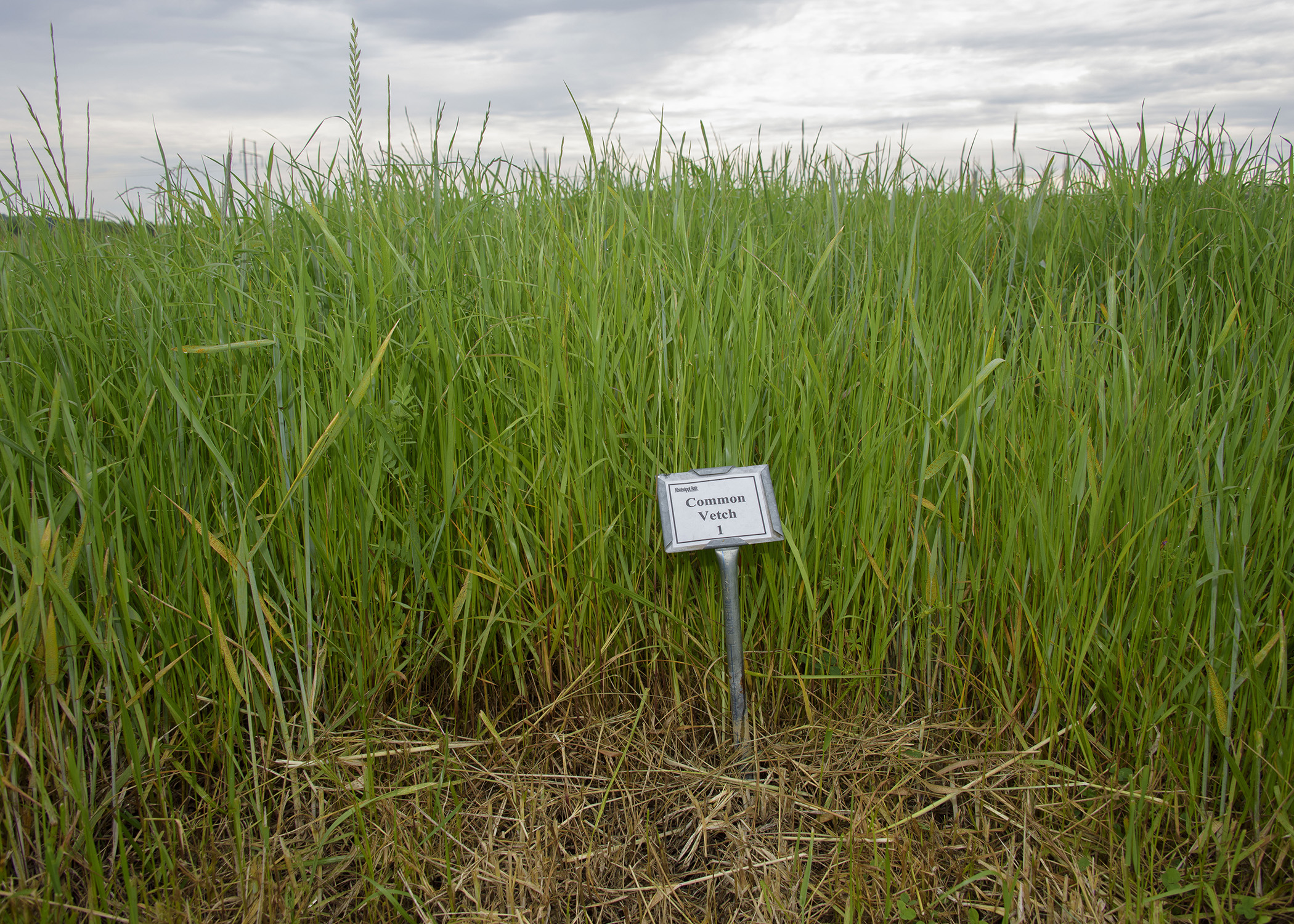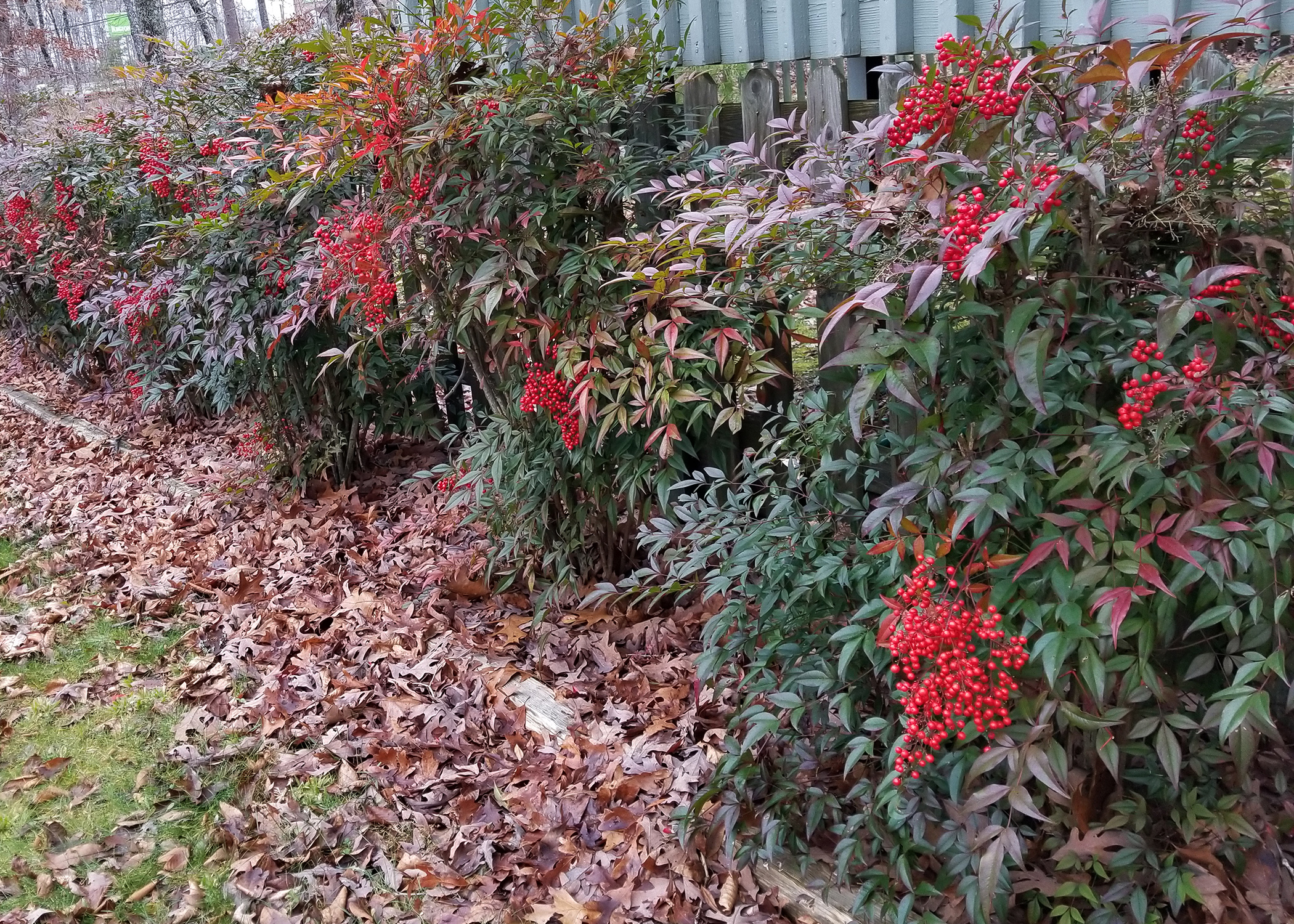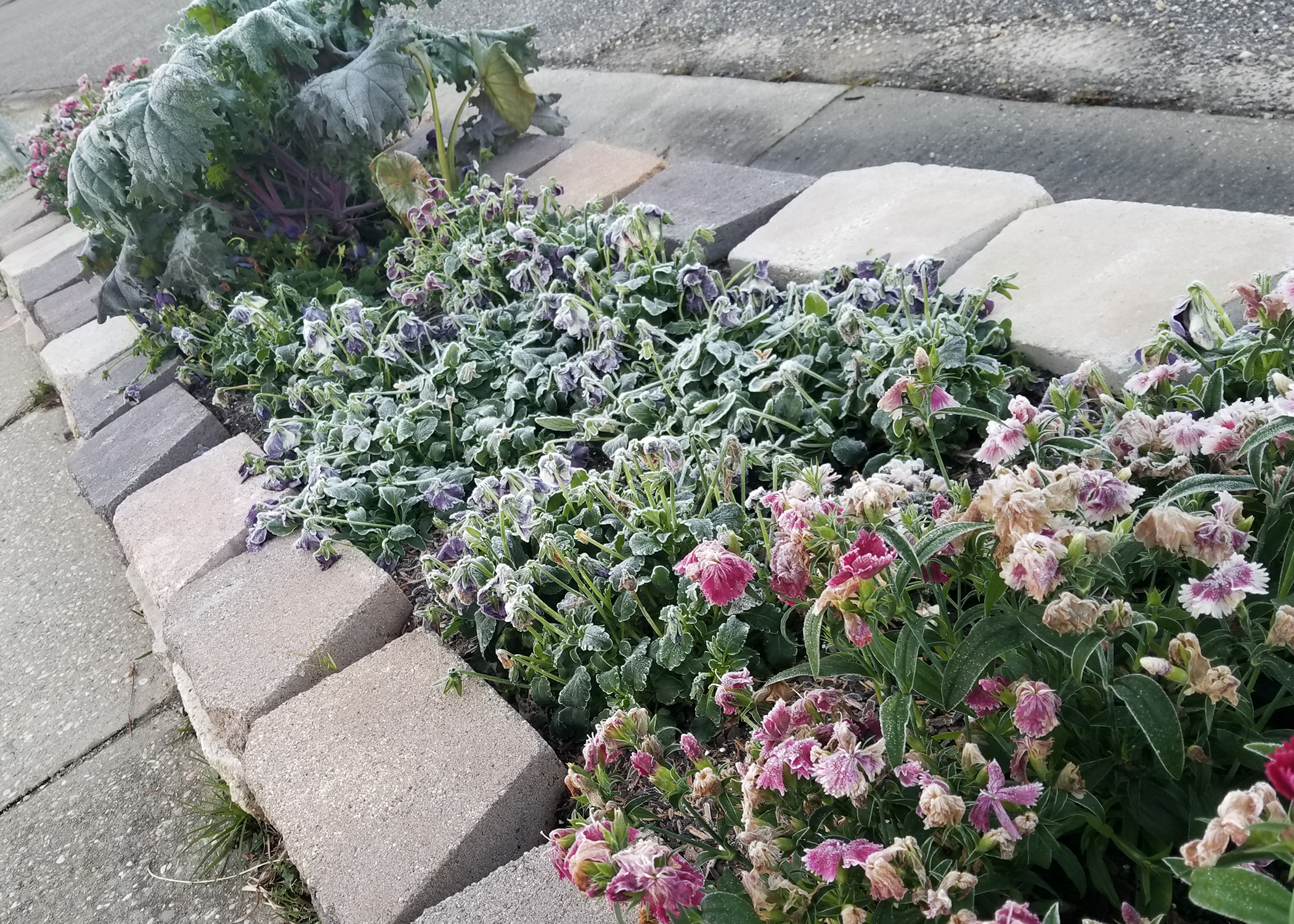This time of year, my love for trees joins my love for all things free, thanks to the generosity of several organizations, including the Natural Resources Conservation Service, Soil & Water Conservation District, and Mississippi Soil & Water Conservation Commission. (Photo by Kevin Hudson)
Garden catalogs start piling up by the front door at this time of year, and our two recent cold spells gave me time to look at them. I’ve had the best time flipping through these catalogs and dreaming about all the new plants I’m going to grow this year.
STARKVILLE, Miss. -- Producers who plant winter crops with no intention of harvesting them reap the benefits of soil conservation, weed control and nutrient retention.
On the flip side, however, the practice of almost constant production in a field creates issues with pest management. Farmers who “plant green” have to balance these challenges to best prepare the way for good crops each year.
STARKVILLE, Miss. -- Wild hogs are a tremendous problem for farmers and landowners throughout the state of Mississippi.
With more than 200 viruses that cause the common cold, it may seem impossible to avoid getting sick.
Flu cases in the southern states are unusually high this year, as well.
(Graphic by: Kim Trimm)
The weather to start 2018 has certainly been crazy. We had more than a week of temperatures in the mid-20s (Freezemageddon) followed by a week of moderate, more normal January temperatures. Now, we’re freezing again this week.
STARKVILLE, Miss. -- Most people who enjoy nature and being outdoors are careful to avoid littering -- not only because it is unsightly, but also because it can harm natural resources. Bottles, for example, can become death traps for small critters seeking food and water. Bottles and other trash can clog drainage ditches and waterways, creating additional challenges, especially if they contained toxins or other pollutants.
What a crazy week we had to start off 2018 as “Freeze-mageddon” came blowing through with several nights of temperatures in the 20s or worse across the state.
I’ve been hearing and reading comments about the extreme cold we’re experiencing and how unusual it is. But to tell you the truth, these temperatures are not that unusual.
STARKVILLE, Miss. -- The coldest days of winter do not seem to slow squirrel activity.
One significant reason is that mating season for eastern gray squirrels lasts through January, and babies arrive about six weeks later.
Most squirrels build nests for these babies in the forks of tree branches or in the hollows of tree trunks. Their nests are created mostly out of dry leaves and twigs.

